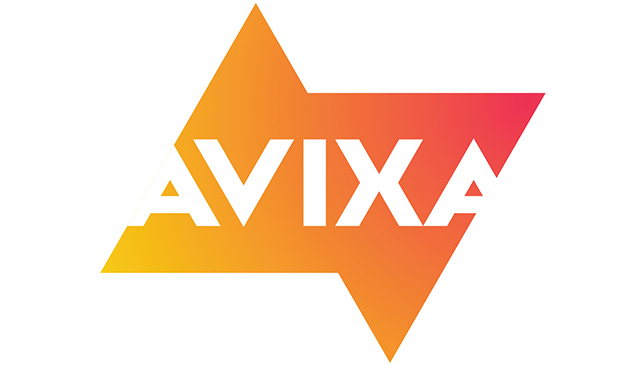Commoditization
Last year, I wrote two columns on commoditization. In the first column, I argued that our low-voltage industry is fast becoming commoditized. Everything from video projectors to fire-alarm inspection contracts is being sold at ever-lower prices and paper-thin margins. In the second column, I discussed three strategies for dealing with commoditization.
I thought that was the end of it. But there's another strategy for dealing with commoditization, and it's one that, I'm sorry to say, I just plain missed.
It's not an obvious strategy. But any number of companies have been quietly carrying it out for years. And, many of those companies have achieved that most desirable of situations-the "sustainable competitive advantage."
I'm calling this strategy, "embracing commoditization."
Strategy #1: Leading Commoditization Wal-Mart and Dell are examples of companies that are "leading commoditization." Companies like these cut costs and margins in order to lead the way to lower prices in their markets. They often achieve considerable success through this strategy.
In our low-voltage industry, internet discounters are leading commoditization. So are those bid-market contractors who seem to win all of the fire-alarm jobs. So are the Asian manufacturers of low-cost audio and video equipment. Note that, as a rule, these providers are offering quality products and services, but they have cut costs and margins to a bare minimum.
Strategy #2: Fighting Commoditization A second group of companies, like Gillette and Coca-Cola, are "fighting commoditization" using tactics ranging from continuous innovation to brand building and advertising.
In our low-voltage industry, contractors who sell integrated systems in the negotiated markets are fighting commoditization. So are those manufacturers who continue to innovate in their product lines and use advertising and branding to promote their products. Manufacturers who limit distribution and enforce MAP and the music companies who have lobbied for Digital Rights Management (DRM) and the Digital Millennium Copyright Act also belong in this group (whether or not you agree with their actions).
A daily selection of the top stories for AV integrators, resellers and consultants. Sign up below.
Strategy #3: Embracing Commoditization Like the first group, companies who "embrace commoditization" work hard to maintain the quality and reputation of their commodity-and its low price. But, these companies have discovered a secret. A well-maintained commodity can become a launch platform for all kinds of innovative and profitable add-on products and services, potentially resulting in a true "sustainable competitive advantage."
Consider the "open-source" or free software movement. Examples include the Linux operating system and the Open Office applications suite. How could any company profit from this ultimate commodity of free software? Seems impossible. Yet, companies like Red Hat are doing just that. How? By giving away the basic software (the commodity) and using it as a platform to sell subscriptions for updates and support (the profitable add-ons).
Starbucks is one of my favorite examples of embracing commoditization. Starbucks started with a commodity product, a cup of coffee. Then, it used this commodity platform to launch a worldwide chain.
I have yet to find a Red Hat or Starbucks in our low-voltage industry. Retailer Best Buy, however, is pretty close. Best Buy sells its electronics at commodity prices. Then, it makes its profits from add-ons like extended service contracts and "Geek Squad" service crew which offers expert onsite computer configuration and repair.
But, how about those residential security companies who sell a commodity intrusion alarm for $99 and then make their money from add-on monitoring. Aren't they embracing commoditization?
In a way, yes, but there's a dangerous flaw in their approach. The idea is to launch innovative add-ons from a commodity platform. But, monitoring service is just another commodity. There's no sustainable competitive advantage here.
The same warning applies to service contracts. You are "embracing commoditization" when you sell a basic system at a commodity price and then add a more profitable service contract. However, if that service contract is nothing more than an insurance policy (no innovation here), then someone else can undercut you when it comes up for renewal.
Making It Work So, what's the secret? What's the difference between a commodity add-on and an innovative add-on? And, how does an add-on product or service become a sustainable competitive advantage?
Here's the answer, and it's the key to the whole strategy. The add-on must, in some way, create or reinforce the relationship with the customer.
Consider the most obvious add-on, a service contract. Instead of an "insurance policy," offer a more innovative service contract. Include preventative maintenance. Replace worn or obsolete equipment before it becomes a problem. Offer upgrades. Schedule training sessions for the customer's new personnel. Now, you're building a continuing and positive relationship with the customer instead of showing up only when there's a problem.
Hardware add-ons can also help build relationships. Sell a customer a basic intrusion alarm and security camera system (the commodity). Then, offer to integrate them in a way that shows a growing understanding of the customer's business (the innovative add-on).
